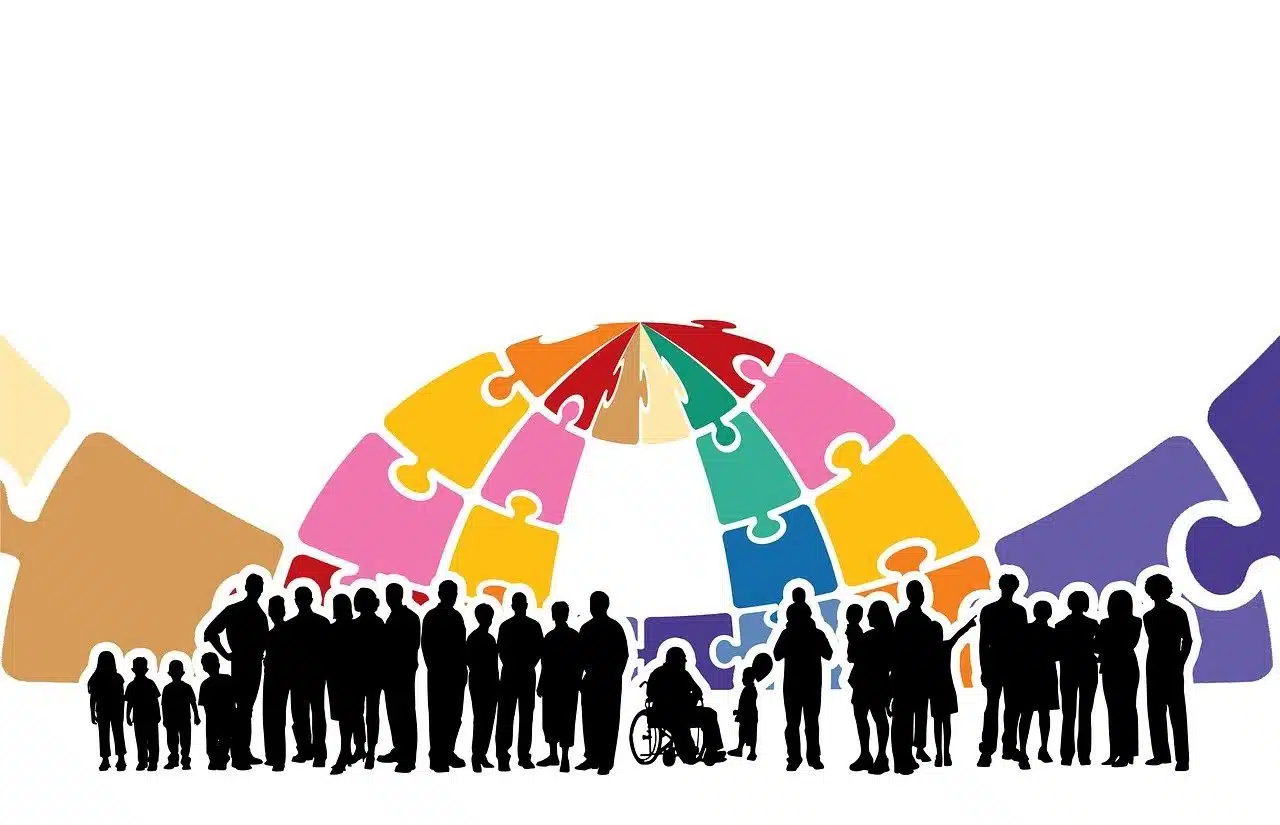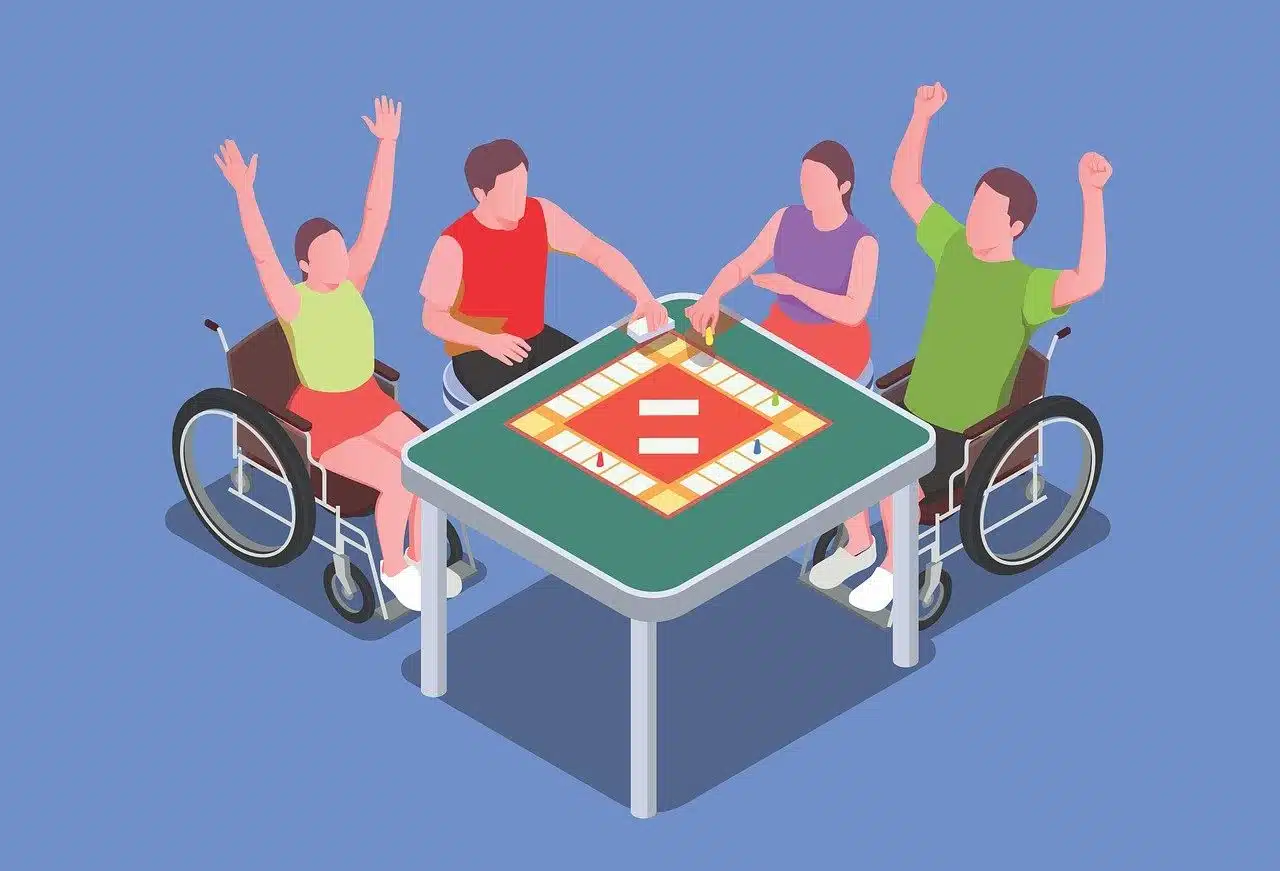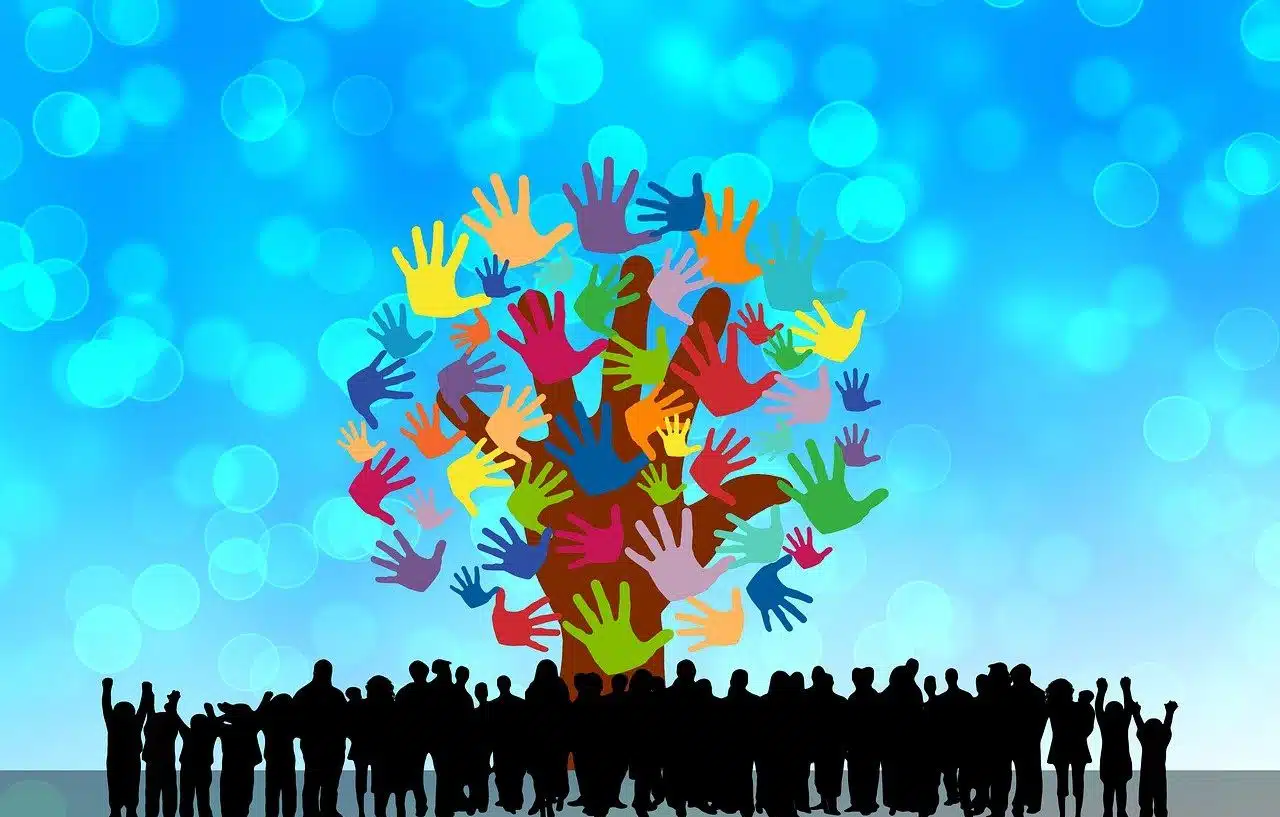
Social inclusion is needed to demonstrate respect, equity and social justice by accepting diversity and generating equal opportunities without distinctions or exceptions.
Social inclusion is essential to ensure that all people, without distinctions of any kind, can be guaranteed the same rights and have the same variety of opportunities and spaces to function within a society.
It can be put into practice through public policies that promote the integration of each individual who, for different reasons, is in a state of social vulnerability . To achieve this, both authorities and citizens must work together with the focus on providing education for all, discouraging discriminatory behavior, combating poverty and raising the flag of social justice . What does this last concept refer to? To seek social well-being based on equal opportunities , solidarity , respect for human rights and equity in pursuit of the personal fulfillment of each member of a community.
Scope of social inclusion
Social inclusion , to be complete and true, has to be present in all dimensions of daily life. Its scope must cover everything from the spheres of health and education to leisure and work spaces.
Accessibility measures must be adopted in homes, public roads, establishments intended for leisure and recreation activities, academic institutions, public organizations, health centers and workplaces in order to stimulate autonomy and integration. of every human being.
In every social interaction , there should also be signs of respect and tolerance in view of a harmonious, balanced and fair society that leaves no one out. Of course, on a day-to-day basis, reality shows that, on an international scale, there is still a lot to teach, learn and achieve in terms of empathy , equality , cooperation and social insertion . If a better world is desired, humanity as a whole must commit to the eradication of violence and any act that, citing cultural, racial, religious, social reasons, etc., implies the marginalization , exclusion or segregation of someone.
Authentic social inclusion implies, among other issues, that everyone has access to quality medical care whenever they require it, that no one is discriminated against due to their choices, preferences, conditions or lifestyle, and that ethnic minorities , The elderly , those who have some type of disability and members of the LGBTQ+ community , for example, can fully develop (personally, economically, etc.) within a society.

Collective balance, social well-being and community development come when there is empathy, solidarity, cooperation, respect and tolerance among the members of a population strengthened with public policies and initiatives in favor of integration and gender equality, for example.
Challenges linked to social insertion
Working towards social inclusion requires facing multiple challenges and addressing problems that cannot be solved quickly or easily.
It is vital, in principle, to instill values and good habits in the new generations so that, when they grow up, they are good people capable of accepting their neighbors without prejudice . It is essential for the optimal development of the community, including fighting illiteracy , implementing the inclusive education model and covering without exception the basic needs that any human being requires to enjoy a dignified life: food , housing , hygiene , health , training and employment .
Although it is complex, in each country the margin of inequality must be reduced. To achieve this, it is necessary to address bridging the digital divide by investing in infrastructure, training and innovation with the intention of increasing Internet accessibility , allowing greater mobile connectivity and promoting digital literacy .
Simultaneously, it is important to eradicate what is understood as class privilege (that is, the advantages and benefits reserved for certain sectors of society) and, ultimately, remove every factor that threatens equity , empowerment , tolerance , peace and justice ( xenophobia , racism , bullying , anti-Semitism , inequality of income and opportunities , etc.).

Diversity can be cultural, religious, linguistic or sexual, but it always deserves to be approached from respect, empathy, inclusion and tolerance.
Practical examples of social inclusion
Through corporate communications, news disseminated by civil associations or non-profit organizations ( NGOs ), press articles and state notifications, it is possible to learn about practical examples of social inclusion in different countries.
In Argentine territory, for more than five seasons, the oil company YPF and the Espartanos Foundation have been working together to promote social inclusion by giving former prisoners a job at service stations.
On Colombian soil, meanwhile, Millonarios Fútbol Club has been able to gain visibility beyond sports matters because the entity obtained a certification for its Social Responsibility . In this regard, the commitment and work of authorities and leaders of the institution in relation to sustainable development and social inclusion was highlighted through awareness-raising actions about the benefits of sustainability and promoting the practice of sports activities in vulnerable neighborhoods.
In Spain , to add another case, the ILUNION Hotels chain has demonstrated its leadership in inclusion and social integration by guaranteeing a job source for people with disabilities and implementing accessibility measures available to both staff and guests.
